[ad_1]
It’s onerous to not uncover a tortoiseshell cat. Their look is hanging, with their uniquely coloured fur. No two felines are the equal, and genetics administration the variations. The overwhelming majority are furthermore feminine, along with to their mystique. The sample is extra prevalent in some breeds, nonetheless the tortoiseshell shouldn’t be a breed; it merely describes the colour sample.
The time interval describes animals with a mottled patchwork of orange and non-orange hues. They’re often black or some variation, from ginger to chocolate to cream. Calicos are equally coloured, with the addition of white, making them a tri-colored variant of the tortoiseshell cat. Nonetheless, the Tortoiseshell Cat solely has black and orange markings.


The Earliest Knowledge of the Tortoiseshell Cat in Historic earlier
It’s unclear when the primary tortoiseshell cat appeared, nonetheless historic information counsel they’d been talked about by the Celts and Khmers of Southeast Asia. When the tortoiseshell variant happens in feminine cats, it’s merely a manifestation of a dominant, sex-linked trait.
The gene controlling its bodily expression is positioned on the X chromosome. Every dad or mum contributes a duplicate or an allele of the 2 they possess to every of their offspring. A kitten should solely inherit one copy of the trait to be visually current.
A recessive trait solely seems if each alleles are the equal copy. For instance, if the alleles an offspring receives from their mother and father are OO or Oo, the dominant trait is current. The capital O is shorthand for the dominant tortoiseshell variant, and the small letter is the recessive. The one means for the tortoiseshell to not be seen is that if each alleles are oo, making the cat brown or black and certainly not orange.
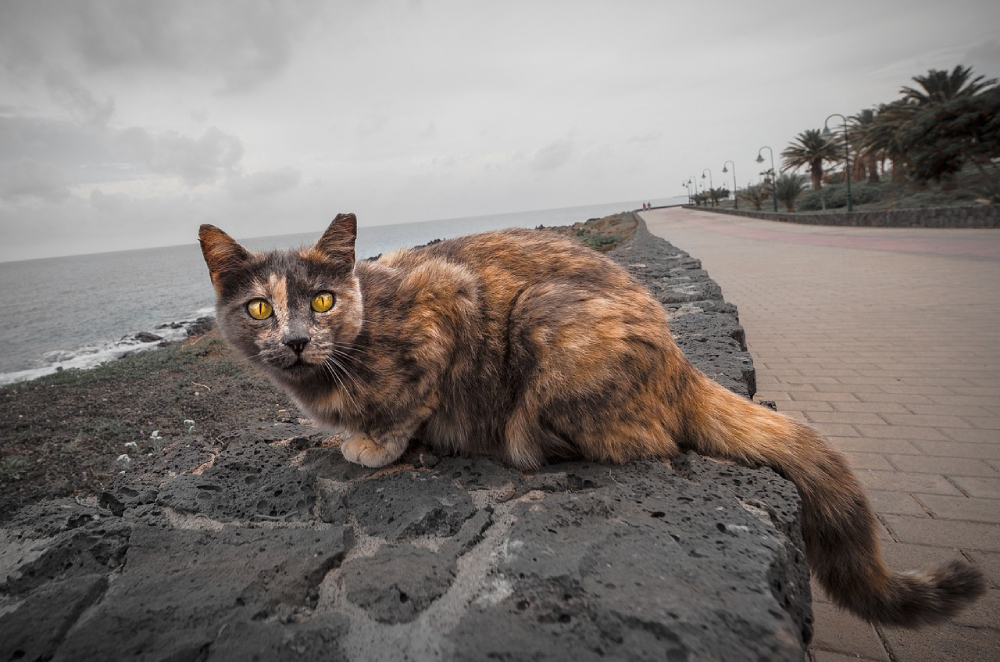
A Genetic Clarification
Nonetheless, that actuality raises one completely different query. If this shade attribute is dominant, why don’t all feminine tortoiseshell cats have the orange shade? If she is OO or Oo for the trait, you’d anticipate the cat to be orange with none black coloration. The reply lies in evolution’s carry out in survival.
Curiously, researchers have acknowledged over 1,000 genes on the X chromosomes. The Y chromosome of males doesn’t have nearly as many. Nonetheless, that doesn’t point out the X-linked traits are viable or essential for survival. Some are dangerous and doubtlessly deadly. How did evolution preserve this battle?
Pure choice prevents the expression of some X-linked traits by means of a course of often known as X-chromosome inactivation (XCI). Which suggests some O alleles are suppressed, ensuing inside the mottled patchwork we establish tortoiseshell, with orange and black current. XCI doesn’t occur in male cats. If the animal inherits a single O dominant allele, the feline is orange or black, not each.
The incidence of the tortoiseshell male cat has one completely different genetic twist. Early scientists deduced it must be sex-linked merely because of inheritance sample and the animal’s intercourse.1 The one means a male animal may need this sample is that if that they’d two X chromosomes, permitting the orange and black to be seen, making them XXY. It could in all probability happen if the cat has inherited the Klinefelter syndrome.2
This case furthermore exists in people. It’s not beautiful since we share 90% of our DNA with cats.3 Sadly, Klinefelter’s syndrome has many dangers, together with an elevated menace of coronary coronary heart points, some cancers, and autism. This random genetic mutation furthermore causes sterility in males. That explains its rarity amongst male cats and its prevalence in females.

Why the Tortoiseshell Colour Appeared contained in the First Place
The home cat is a descendant of the African Wild Cat (Felis silvestris lybica). This feline is notably sand-colored to match their arid habitat and supply camouflage. Why do our pets could be discovered so many shade variations, like tortoiseshells? An animal with this pelage would stand out and doubtless gained’t survive. The reply lies with domestication.
Charles Darwin theorized that selective breeding profoundly impacted animals’ genetics and phenotype or bodily look. Scientists later seen relative depigmentation and fully completely different traits related to breeding animals to be tame. The time interval domestication syndrome describes these modifications of us induced contained in the animals they domesticated.
The pleasing coloration, like tortoiseshell and fully completely different traits we want, outcomes from human efforts for selective breeding. This course of happens tons forward of pure choice. What would take Nature 1000’s of years happens in a handful of generations with human intervention. In any case, evolution furthermore had a say.
How the Tortoiseshell Cat Gained Fame
Whereas the earliest information are unclear, the tortoiseshell doable has been inside the home cat’s gene pool since historic occasions. The folklore of many cultures contains accounts of this beautiful nonetheless mysterious feline, with explanations of the animal’s look and supposed which suggests. Tales exist from the UK to Japan and the US relating to the tortoiseshell’s distinctive coat.
The wonderful thing about the tortoiseshell sample is undoubtedly a take into accounts its reputation. The animal’s look is exclusive, often with eye-catching markings. Remember that formal cat breeds are a comparatively latest phenomenon. Lovers may have tried selectively breeding felines to extend their prevalence. The prevalence in males is random, with no assure of tortoiseshell offspring.
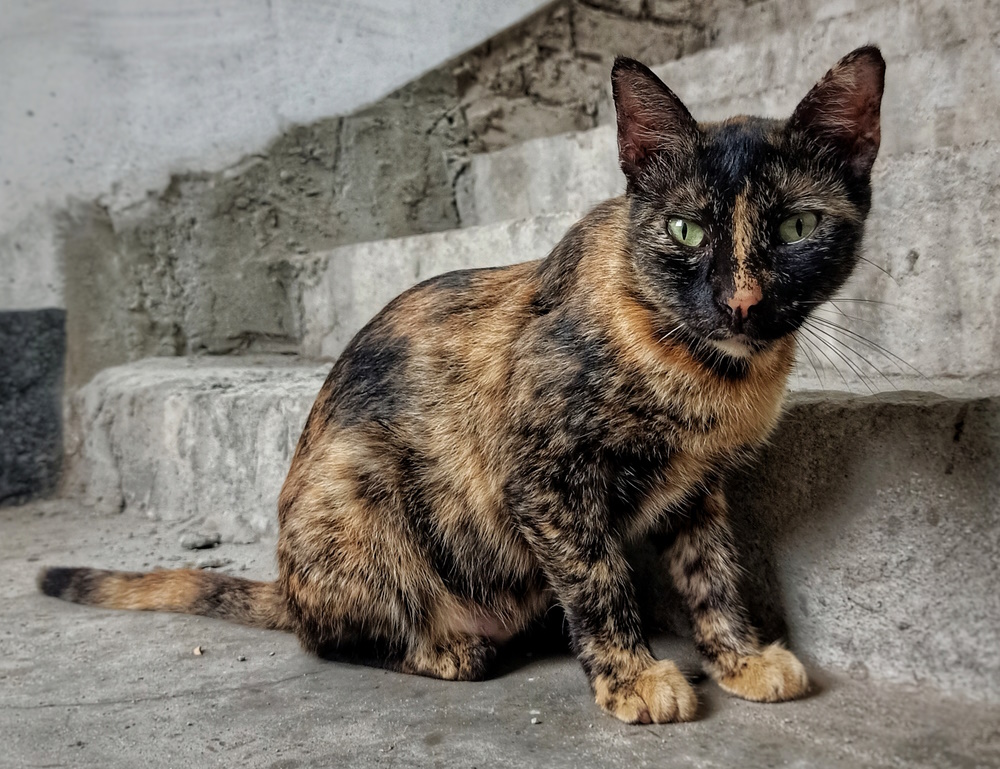
Formal Recognition of the Tortoiseshell Cat
Formal recognition of the tortoiseshell cat rests with the breeds by which it’s a permitted shade. The Persian is an historic breed, with tortoiseshell amongst its many accepted colours. Fully completely different breeds with related requirements embrace the next:
The tortoiseshell shade shouldn’t be allowed in breed requirements the place the appears is integral to the animal’s conformation. The Chartreux and Russian Blue are two major examples, with solely a single shade and its variants allowed. Remember that dad or mum golf gear that approve tortoiseshells furthermore embrace calico by its very definition, with the latter being tri-colored versus the bi-colored tortoiseshell.
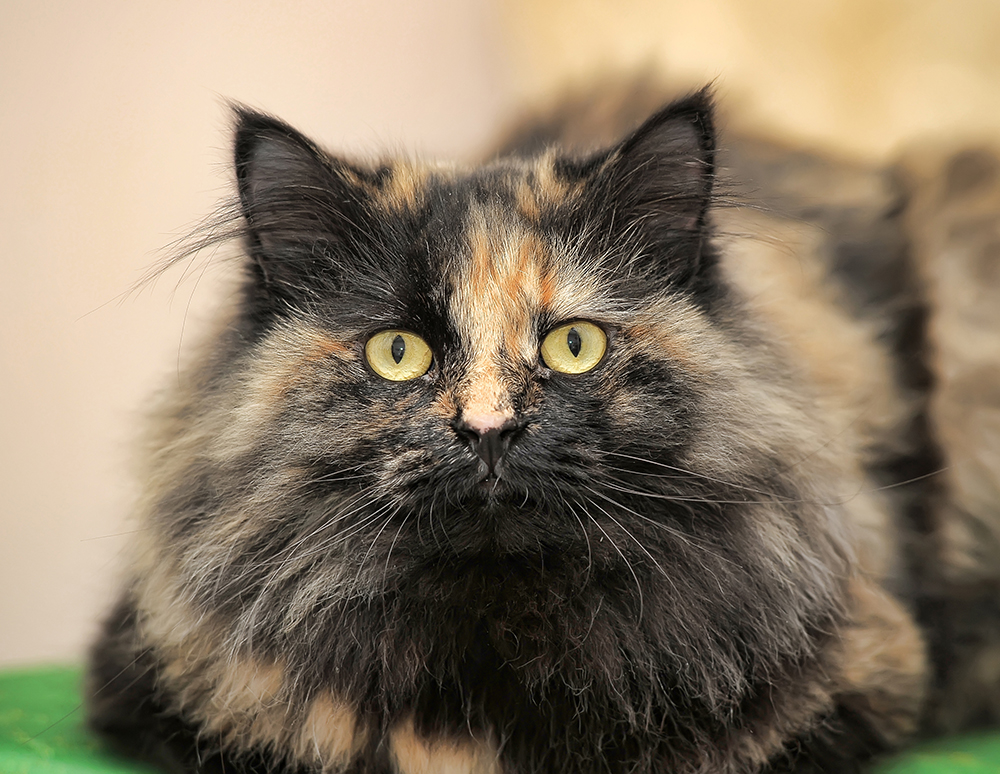


Prime 4 Distinctive Knowledge Concerning the Tortoiseshell Cat
1. The Tortoiseshell Variation Is a Uncommon Incidence.
Scientists estimate that it solely happens in an estimated 1 in 3,000 male cats. The prevalence of sterility in these animals is a mitigating take into accounts its shortage.
2. Variations of the Tortoiseshell Sample Exist.
Whereas every cat is totally fully completely different, some well-known variations of the tortoiseshell coloration exist, together with the tortoiseshell tabby and bridled cat.
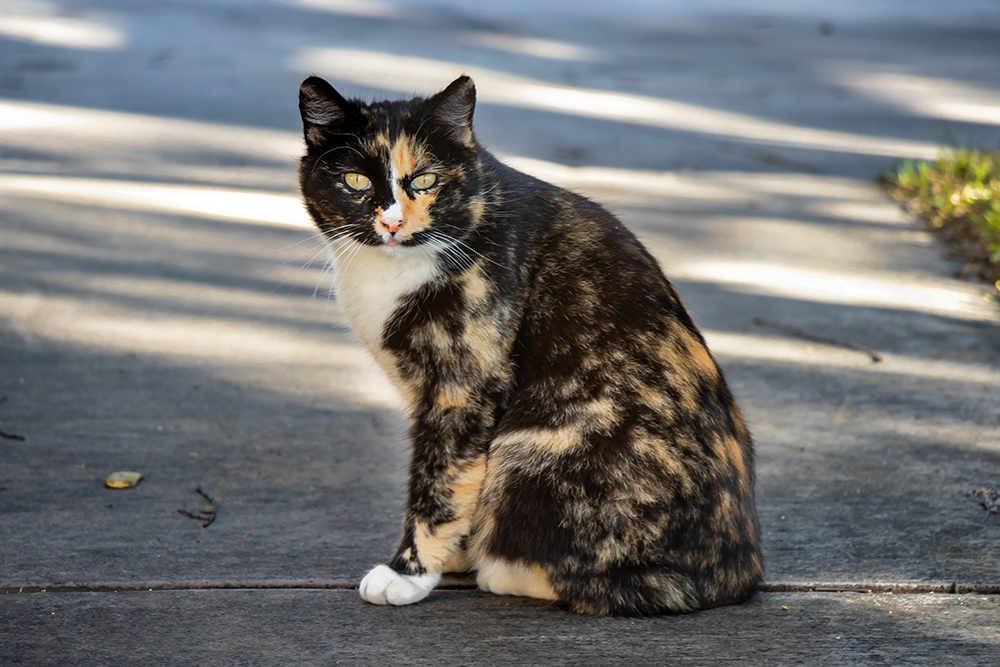
3. A Small Evaluation Hypothesized Gene Stability as an Clarification for the Tortoiseshell Colour.
The researchers acknowledged two fertile males with this shade variant. The animals had the similar earlier 38 chromosomes with out the XXY in felines with Klinefelter’s syndrome. They decided that every one factors being equal, gene stability was the one rationalization for the cats’ coloration and fertility.
4. One completely different Clarification That’s Even Further Fantastical and Uncommon Comprises Chimerism.
Chimerism defines an organism with cells from two sources. On this case, the second organism is the reabsorbed DNA of a deceased twin embryo. Scientists acknowledged what they believed was the primary case of a fertile tortoiseshell male cat displaying chimerism.


Does a Tortoiseshell Cat Make a Good Pet?
The tortoiseshell will make a pleasant pet, whatever the breed. Heaps will rely on the animal’s rearing and care. We suspect the kitty’s distinctive look could garner extra consideration and pampering. One in every of many important points is offering ample psychological stimulation and enrichment in your pet.
Felines are clever and want stimulation for his or her psychological properly being. You in all probability can fulfill this want with frequent interplay alongside alongside along with your pet and interactive toys that draw back them. Understanding the monetary and time dedication of inviting a cat into your life is crucial for his or her welfare and well-being.
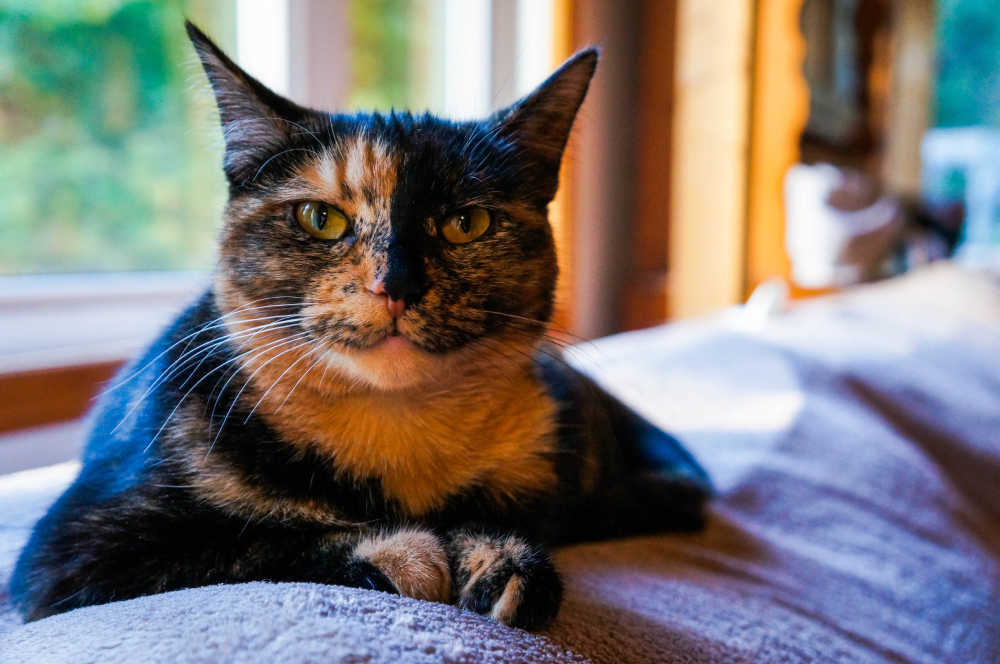


Conclusion
The tortoiseshell cat isn’t a breed nonetheless a acknowledged shade variation accepted by many dad or mum golf gear. Its look is the outcomes of eons of evolution which have formed the animal’s DNA and improved their effectively being for survival. The trait picked up many fanatics who marveled on the cat’s magnificence alongside the best method. The tortoiseshell sample typically is a genetics lesson because of it’s an X-linked attribute.
Featured Picture Credit score rating ranking: Tinka Mach, Shutterstock
[ad_2]
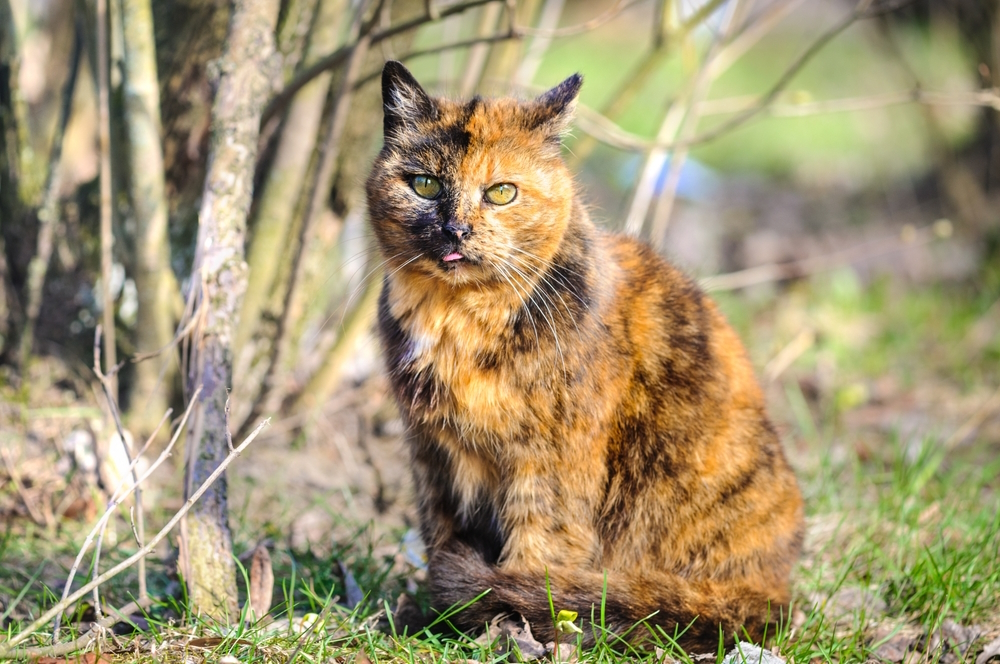
I found the historical context regarding tortoiseshell cats intriguing. It’s interesting to learn about their connection to various cultures and how these beautiful animals have captured human imagination over centuries.
This article was quite informative, especially regarding the genetic explanations for color variations in cats. The rare occurrences of male tortoiseshells due to Klinefelter syndrome were particularly surprising and added an interesting layer to cat genetics.
The piece does a great job explaining why tortoiseshell patterns occur in female cats more frequently than in males. The genetic details were enlightening, shedding light on how evolution shapes such unique traits in pets.
I enjoyed reading about the relationship between domestication and the appearance of tortoiseshell coats. The mention of Darwin’s theories adds depth to understanding how selective breeding influences pet genetics.
This article provided a fascinating insight into the genetics behind tortoiseshell cats. I appreciate how it explained the dominant and recessive traits, as well as the rarity of male tortoiseshells due to genetic conditions.